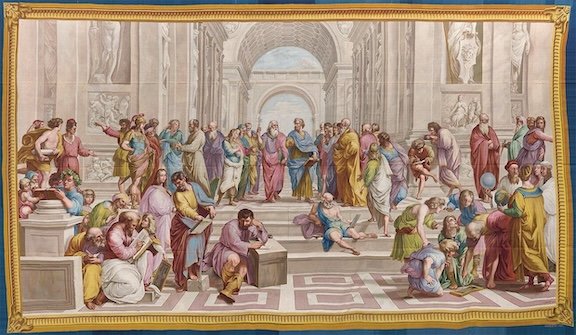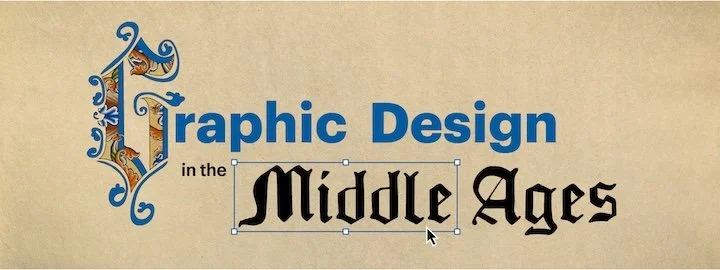Call for Applications
Reginald Taylor and Lord Fletcher Essay Prize
British Archaeological Association
dUE by 1 December 2023
Reginald Taylor was an active member of the British Archaeological Association for many years and acted as the Association’s secretary from 1924 until his death in 1932. With the agreement of his sister, Miss S. May Taylor, it was decided to use the monies he bequeathed the Association to found an essay prize in his memory. In 1996 a further decision was taken to combine this with a second legacy, one which had been left to the Association by Eric George Molyneaux Fletcher, Lord Fletcher, who died in 1990.
The Reginald Taylor and Lord Fletcher Essay Prize is a competitive award conferred biennially in recognition of an outstanding paper and consists of a bronze medal and cheque for £500. The paper should normally be no longer than 8,000 words (not including footnotes), be of high academic and literary quality and embody original and rigorous research. It should be appropriately footnoted. Essays should relate to the Association’s areas of interest, which are defined as the study of archaeology, art and architecture from the Roman period to the present day, principally within Europe and the Mediterranean basin. The core interests of the BAA are Roman to 16th century. We only entertain applications that cover the 17th to 21st centuries if they are of an historiographical, conservationist or antiquarian nature and link back to the BAA’s core interests. Papers submitted for publication in the Journal of the British Archaeological Association and those written expressly for the Prize competition are equally eligible. However, because the Prize seeks to recognise developing researchers (of any age), established scholars with a substantial list of publications to their name already are ineligible to apply.
The next closing date for submissions is 1 December 2023. The prize is now included in the British Archaeological Awards scheme, and candidates will be informed whether or not they have been successful in early 2024. The presentation of the award would follow at a time convenient to the recipient. The successful candidate will be invited subsequently to read their essay before the Association. Prize-winning essays are commonly published in the Journal of the British Archaeological Association (subject to approval via peer review).
The Association’s Council deals with all matters relating to the adjudication of essays, and the decision of its members shall be considered final. No award will be made unless the Council feels that a sufficiently high standard has been attained by at least one of the candidates.
Prospective candidates are advised they should send notification of the intended subject of their submission in advance by email to the Honorary Editor, Dr John Munns – editor@thebaa.org. A copy of the final text of the essay should then be sent as an email attachment so as to arrive with Dr Munns by 1 December 2023.
For more information, https://thebaa.org/scholarships-awards/reginald-taylor-lord-fletcher-essay-prize/




















